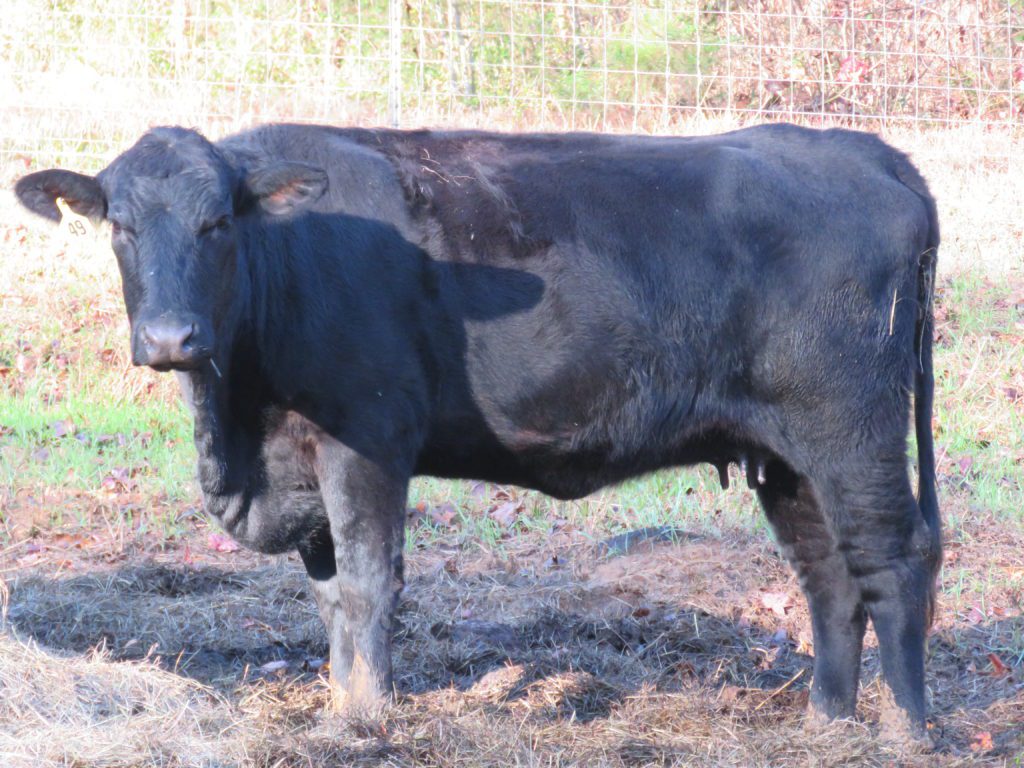Anaplasmosis: What is it?
by Ben J. Character, DVM

Late summer and early fall are the time of year when cattle are most likely to show signs of an Anaplasmosis infection.
Anaplasmosis (frequently called Anaplaz) is a protozoan parasite that infects red blood cells. It is transmitted from horse flies, which carry the parasite, to cattle causing the parasitical infection.
The parasite causes destruction of the red blood cells, which carry oxygen. Clinical signs include depression, hard breathing, and pale or white mucus membranes in the gums and vulva area.
If caught early, Anaplasmosis can be treated successfully. Oxytetracycline is the drug of choice for the treatment of this infection. It works best when given intravenously at a low concentration. Two doses are required to treat a clinical infection, and several more doses may be needed to prevent an infected animal from becoming a silent carrier of the parasite.
When working with an infected animal, it is very important not to place them under excessive stress. Many animals can not handle extra stress, and it often leads to their ultimate demise.

